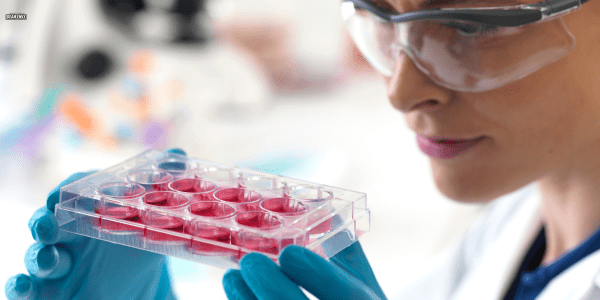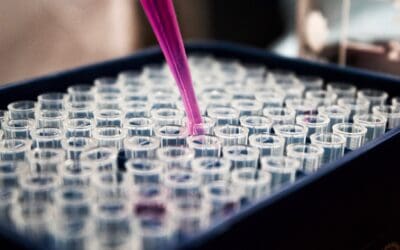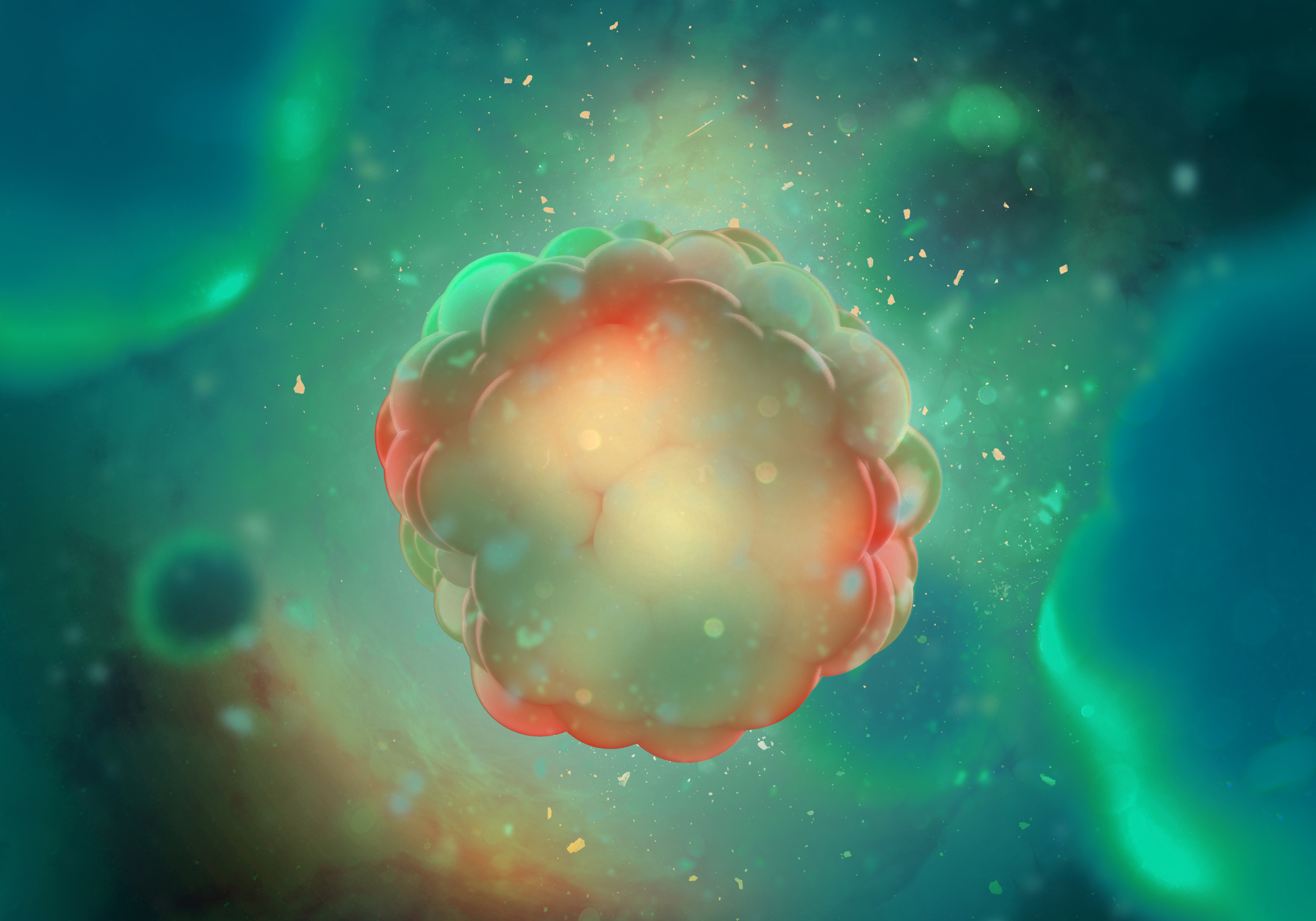
Cell Research
The Ultimate in Versatile Irradiation Technology
The Rad Source RS 1800 Q X-ray Irradiators are engineered for cutting-edge biological research, offering unmatched versatility for a wide range of applications.
From cells and tissue cultures to seeds, stem cells, blood products, and other biological samples, these powerful irradiators provide the precision and flexibility needed to explore complex biological responses across numerous life science disciplines, including cancer research, immunology, and genetics.

The Most Powerful Dedicated Cell Irradiator Available
Cancer researchers utilize our patented x-ray irradiation technology to assess the effects of radiation on different types of cancer cells in laboratory experiments, enabling them to more accurately predict the outcomes of radiation therapy in cancer patients.
Cancer cells are normal cells that have suffered genetic mutations in their DNA that cause them to multiply uncontrollably and escape death. Cancer cells display several “hallmark” behaviors that are characteristic of cells from all types of cancer, but individual types of cancer differ greatly in other behaviors, particularly in their response to radiation.
It is critical for cancer researchers to evaluate the effects of radiation on cancer cells in the laboratory because this will lead to safer and more effective treatments for human cancer patients undergoing radiation therapy in the hospital or clinic.
Patented Quastar® Photonic Decontamination™ Technology
Our patented x-ray irradiation technology is the preferred method to simulate radiation therapy in the laboratory, enabling cancer researchers to perform experiments that show how cancer cells gain resistance to radiation and other experiments that evaluate the collective effect of new drugs or doses in combination with radiation therapy.

High Dose Rates
The Quastar™ x-ray emitter produces a high x-ray output and has a large field, providing the scientist with the flexibility for many application configurations for high throughput and dose rate.
Better Uniformity
Due to a larger field with no need to collimate the beam, a better uniformity can be achieved compared to imaging tube x-ray technology.
Direct Replacement for Gamma Irradiator
The U.S. Government has recognized x-ray to be a safe, direct alternative – for radioactive isotope (gamma) source irradiators.

RS 1800 Q Biological Irradiator
The 1800∙Q is designed around the proprietary QUASTAR™ X-ray platform built specifically for life science applications. The most powerful cell irradiator available for cell and tissue biological research. Applications include cancer research, immunology, feeder cell arrestment, hybridoma cells, stem cells, apoptosis, and seeds.
Latest News & Studies
Sealed Source Disposal And National Security – Problem Statement And Solution Set
While gamma rays have been a reliable source, the isotopes, primarily cobalt-60 and cesium-137, used to generate these gamma rays have come under heavy scrutiny worldwide in recent years. To quote the abstract of a recent...
Expression of common chromosomal fragile site genes, WWOX/FRA16D and FHIT/FRA3B is downregulated by exposure to environmental carcinogens, UV, and BPDE but not by IR
Abstract: Common chromosomal fragile sites are unstable genomic loci susceptible to breakage, rearrangement, and are highly recombinogenic. Frequent alterations at these loci in tumor cells led to the hypothesis that they may...
The Sesquiterpene Lactone Parthenolide Induces Apoptosis of Human Acute Myelogenous Leukemia Stem and Progenitor Cells
Abstract: Recent studies have described malignant stem cells as central to the initiation, growth, and potential relapse of acute and chronic myelogenous leukemia (AML and CML). Because of their important role in pathogenesis,...




